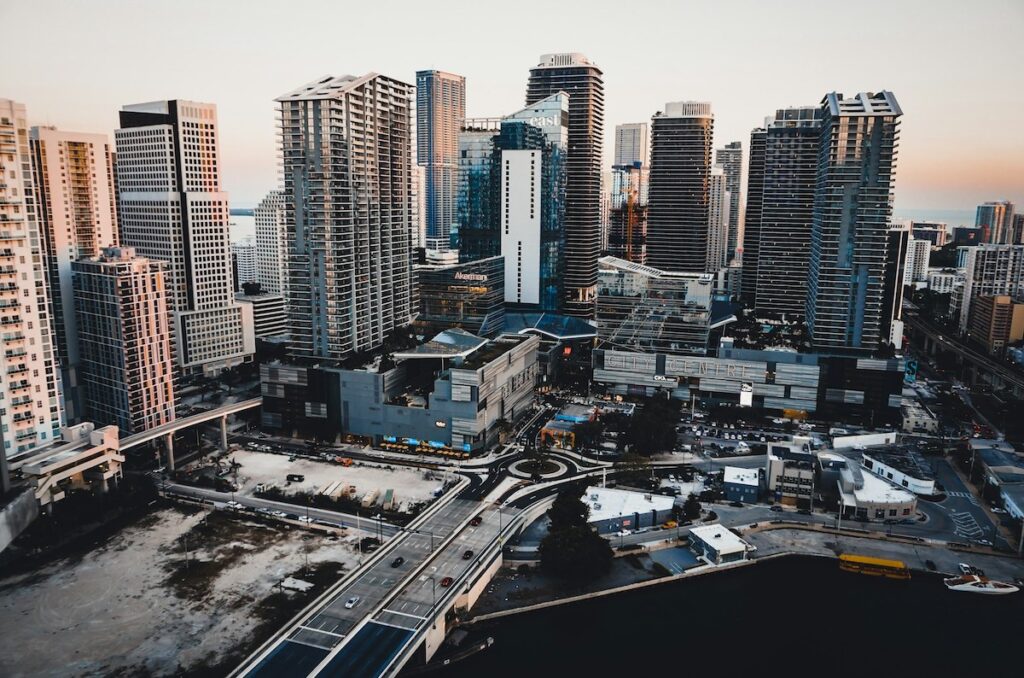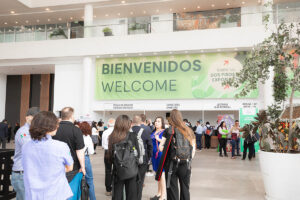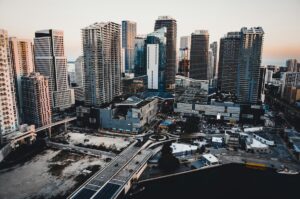Theorizing Cities Below the Anthropocene

That is your first of three free tales this month. Develop into a free or sustaining member to learn limitless articles, webinars and ebooks.
Whereas rising from the geological and earth system sciences and regularly understood as a solely environmental matter, during the last decade the Anthropocene has turn out to be an essential identify for a wider and far-reaching scenario — which is as a lot social, philosophical, and political as it’s environmental — and the widespread upheavals in thought and apply it’s each inaugurating and being propelled by.
Because the late thinker Bernard Stiegler places it, the Anthropocene is “a check and ordeal of considering in all its kinds (as information of do, reside and conceptualize).”
Certainly, for a lot of designers, planners, scientists and significant thinkers, established modes of residing, governing and considering are actually outmoded or ineffective. The frameworks that after grounded trendy thought and motion, invented in now-long-gone contexts, are not adequate to know quickly mutating realities.
Local weather change, for instance, is broadly understood as having rendered out of date trendy types of safety and governance, planning and infrastructure; requires experimentation with new approaches to every are actually widespread. Equally, in vital scholarship, artwork and design, statements proliferate to the impact that the Anthropocene “adjustments every little thing,” marking a rupture level when now-outdated rubrics have to be thrown out, creativeness and new concepts are wanted, and a large, multidisciplinary technique of experimentation with thought, apply, and life itself is seen as crucial.

(Courtesy College of Minnesota Press)
Throughout various analyses, the Anthropocene is repeatedly characterised when it comes to urbanization. Whereas some like Jason Moore tie the emergence of the Anthropocene (or in his phrases, Capitalocene) to exploitations of nature and folks as early because the sixteenth century, many different students hyperlink the epoch’s introduction to the commercial city interval, figuring out capitalist manufacturing of city areas as each Anthropocene driver and artifact.
However maybe much more ubiquitous than historic and causal analyses are characterizations of the Anthropocene current and future as an ever extra totally city age. Right here the Anthropocene is routinely linked to postulations of the planet’s urbanization, which describes both that almost all of the world’s inhabitants now lives in cities or the mixing of once-distant websites right into a planetwide socio-ecological community of processes and applied sciences. City programs are understood as susceptible to and intertwined with floods, warmth and different socionatural catastrophes.
However cities and concrete processes are additionally considered as local weather change options. By retrofitting cities with a bricolage of resiliency infrastructures, governments and planners hope that excessive occasions and threshold crossings will likely be absorbed and ruled, permitting city areas to keep up their primary buildings and features.
On this method, it’s virtually all the time imagined, the inexorable growth of urbanization and the Anthropocene — or Urbicene, as Erik Swyngedouw has named it — will stay essentially companion processes. Actually, for geologist Jan Zalasiewicz, cities will likely be considered one of humanity’s longest-lasting traces on the planet, future fossils whose imprint will stay lengthy after people.
With the city envisioned because the inevitable type of the twenty-first century, it appears the one query mark is whether or not city areas and processes will likely be roughly resilient or equitable, good or inclusive.
However what mutations of city house and infrastructure, authorities and creativeness, are being produced as various actors try to adapt cities to perceived Anthropocenic upheavals?
Via what websites and areas are modern adaptation responses to current upheavals — epistemological, social, environmental — being enacted, and what future trajectories do they open and shut?
Are these destined to be all the time enrolled as a method of augmenting the resilience of present city programs, and is city resilience the ultimate type of city responses to local weather change? Will the seemingly inexorable growth of urbanization and the Anthropocene stay essentially companion processes, and is planetary urbanization in reality the required telos and spatial restrict of life within the epoch?
Will and may the city as we all know it truly survive the upending impacts of local weather change or human responses? Or, if the Anthropocene actually does shatter long-held ecological, epistemological and structural certainties — may or not it’s that even the modern maps of the city situation we now maintain are already turning into out of date?
Regardless of the precious research rising to enrich what’s already a wealth of vital work on city resilience and planetary urbanization, there nonetheless stays a lot much less focus inside city scholarship on how resilience-building efforts are restructuring city areas and processes, and recalibrating the imaginaries, planning frameworks, and modes of presidency that form them. And what stays much more basically unquestioned is the idea that the fundamental spatial types of modern cities and concrete processes will (and may) stay (roughly resiliently) because the Anthropocene progresses.
Assumed inside a lot city and Anthropocene scholarship is city resilience: the persevering with existence and enlargement of the city (all that’s wanted, presumably, are higher methods of organizing or managing it). But when the Anthropocene is certainly a time of deep environmental and epistemological uncertainty wherein long-held assumptions and processes are being upended, would possibly or not it’s that even our extra not too long ago “inherited cognitive maps” (Neil Brenner’s phrase) of the planetary city situation are themselves quickly to be old-fashioned, scrambled by local weather change adaptive methods?
In spite of everything, concurrent with projections of planetary urbanization as an inevitable situation of the Anthropocene, in coastal cities from Lagos to New Orleans, various visions of the city’s finish are actually rising. Relatively than an limitless expanse of cities and urbanization processes with seemingly no terminus — the latter destined to be however fodder for ever larger resilience of the previous — would possibly the Anthropocene’s human and nonhuman dislocations produce different areas, processes and imaginaries completely?
These questions are usually not on the forefront of most important city theoretical agendas, however my new e-book, “Miami within the Anthropocene: Rising Seas and City Resilience,” argues that they need to be. Exploring them, I argue, requires a brand new analysis agenda applicable to the modern historic and political second.
In step with the passing away of contemporary frameworks and grounds that the Anthropocene names, such an Anthropocene vital city principle/apply — as I suggest we name it — resists the temptation to depend on inherited spatial ideas — and when applicable, even newer ones like planetary urbanization or resilience. It abandons assumptions as to what city life within the Anthropocene is, can, or will likely be. It attends to how Twenty first-century Anthropocenic city transformations are producing novel spatial and imaginal mutations, together with nascent areas and visions of human and nonhuman life that push past at present dominant paradigms akin to city resilience.
If city thinkers wish to keep away from being “late to the occasion,” as Roger Keil places it, we want an city theoretical/sensible method that amplifies and expands on Brenner’s “city principle for our time” problem — and takes it to its fullest attainable conclusions.
Tailored from Miami within the Anthropocene: Rising Seas and City Resilience by Stephanie Wakefield. Printed by the College of Minnesota Press. Copyright 2024 by the Regents of the College of Minnesota. This excerpt seems courtesy of the writer and the writer.







